Great news comes from NYC for Heatherwick Studio architecture practice whose design of the Pier 55 a Floating Park in New York City has gotten it’s green light from the city authorities. The initiative for the park which is to serve as a public park and performance space on a pier in Hudson River was headlined by legendary fashion designer Diane von Furstenberg and her husband businessman Barry Diller.
The power-couple is to donate $113 million to the construction, which in fact is the biggest private donation the New York City in history. Construction is set to begin in 2016, the cost is estimated on $130 million in total, with city of New York donating 17 million to the project. The state of New York will also donate $18 million for the construction of the accompanying esplanade designed to lead into the pier.
Via Lauren Moss



 Your new post is loading...
Your new post is loading...

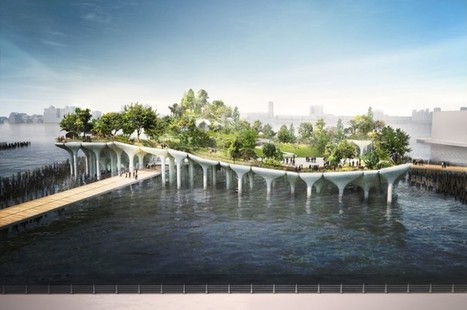

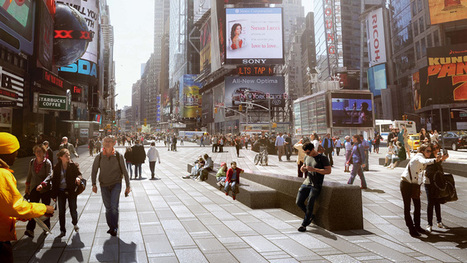


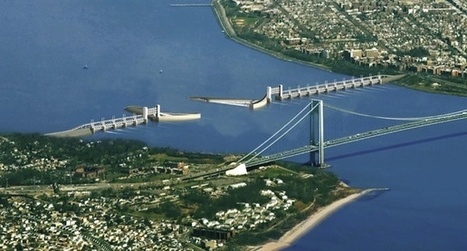




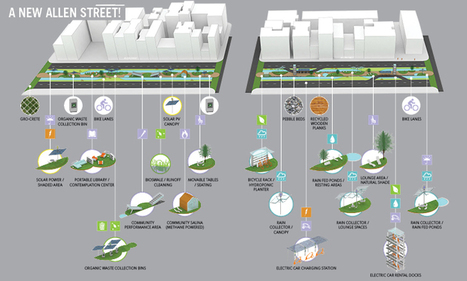
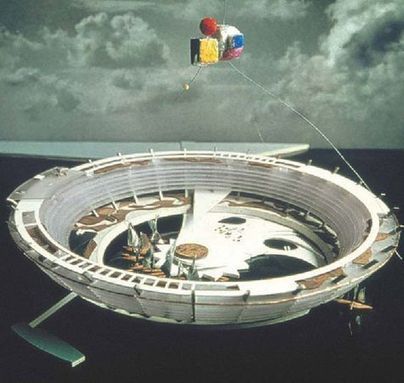
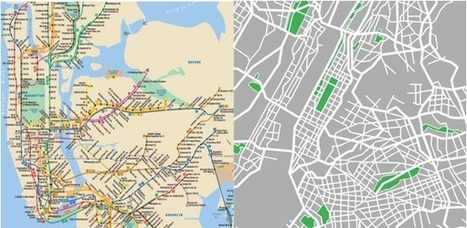
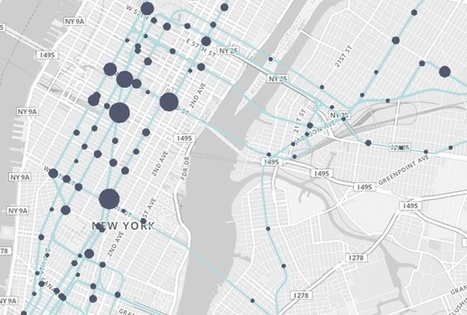





Great news comes from NYC for Heatherwick Studio architecture practice whose design of the Pier 55 a Floating Park in New York City has gotten it’s green light from the city authorities.